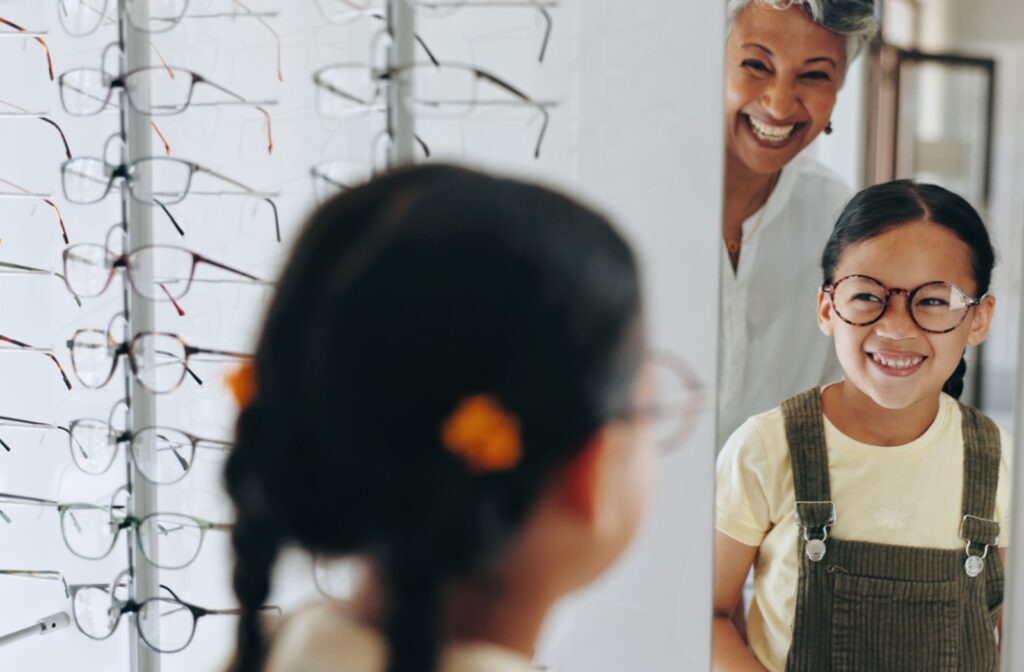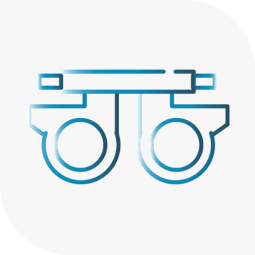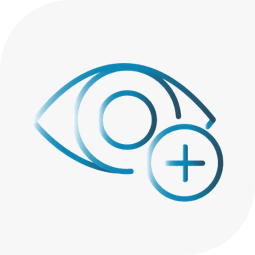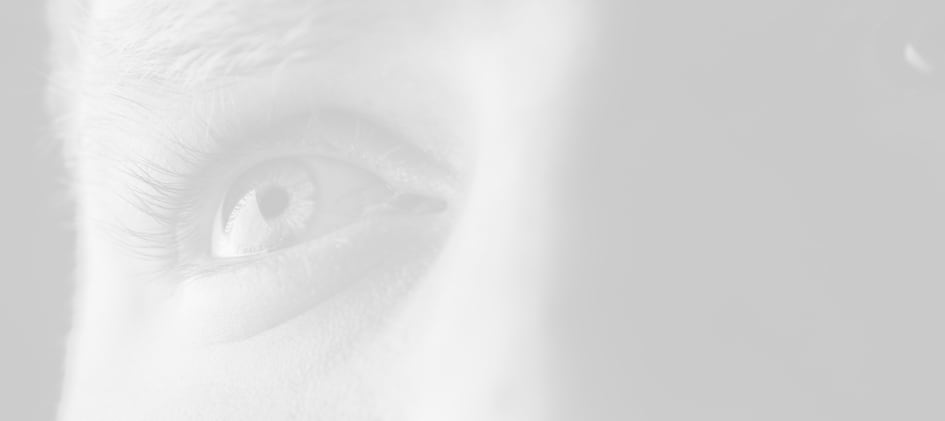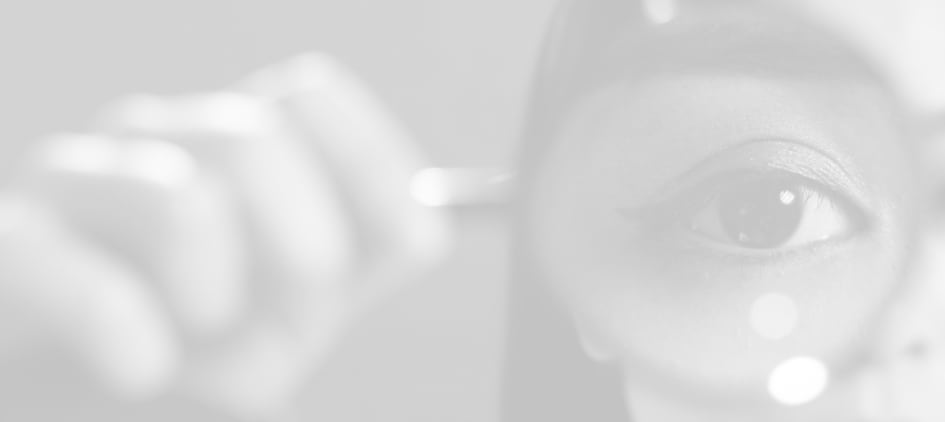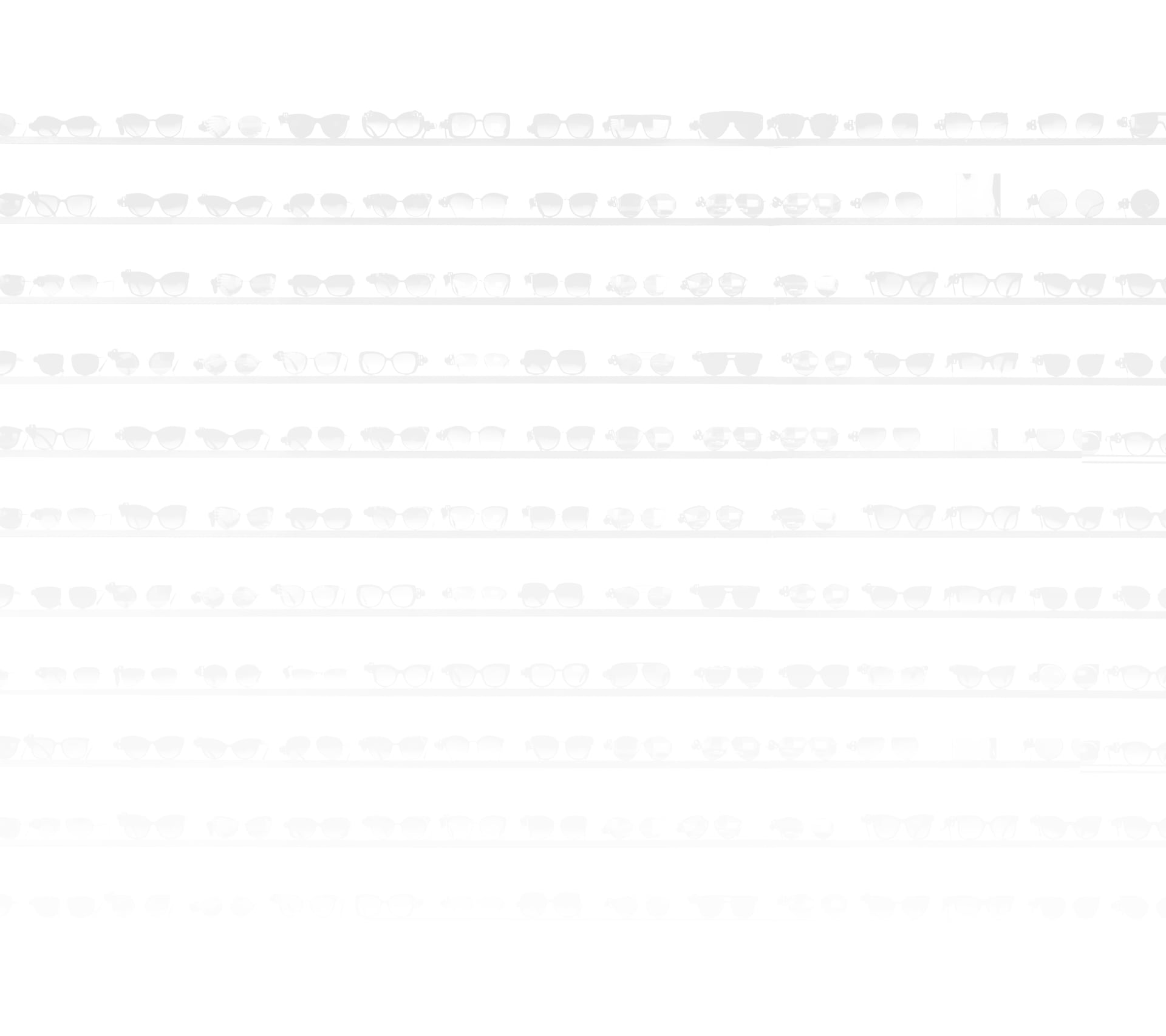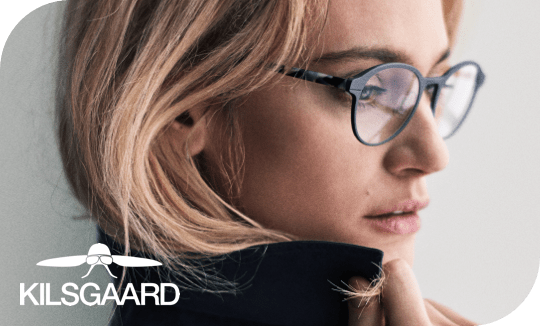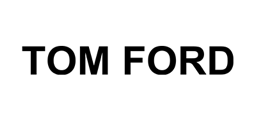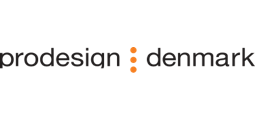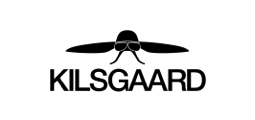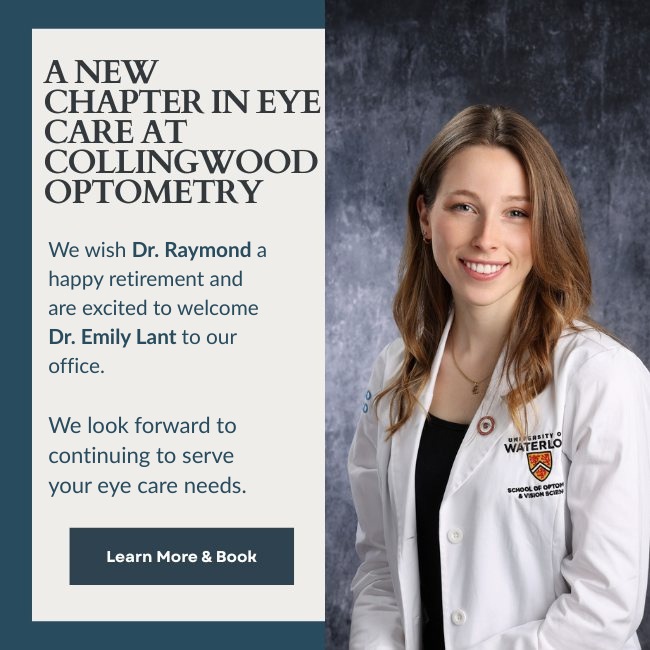Maintaining clear vision is central to our daily experiences, from reading and driving to simply enjoying the sights around us. If you’ve ever been told you’re either nearsighted or farsighted, you might wonder what that truly means for your vision and eye health.
Myopia (nearsightedness) blurs your view of distant objects, while hyperopia (farsightedness) makes it difficult to focus on nearby objects. Both conditions stem from how light focuses on the retina, but each has distinct causes, symptoms, and solutions.
At Collingwood Optometry, we believe in offering comprehensive care for all ages. Our team performs eye exams for adults and seniors, as well as children, to identify vision issues early and ensure you get the most suitable treatment plan. With two locations in Collingwood, we strive to make high-quality eye care accessible and convenient for the entire community.
Understanding Myopia (Nearsightedness)
Myopia is one of the most prevalent vision conditions worldwide, affecting children and adults alike. When you have myopia, you see nearby objects clearly, but objects farther away appear blurry or indistinct. This occurs because the shape of your eye causes light rays to focus in front of the retina instead of directly on its surface.
Causes & Development
- Elongated eyeball: In many cases, the eyeball grows too long from front to back.
- Excessive corneal curve: If your cornea curves too steeply, it bends incoming light more than necessary.
These factors might be genetic—if your parents have myopia, you’re more likely to develop it. Additionally, environmental factors, such as extensive screen time or minimal outdoor activity, can contribute to myopia in children.
Signs & Symptoms
- Blurry distance vision (difficulty seeing the board in a classroom or reading road signs).
- Frequent squinting to see distant objects more clearly.
- Headaches and eye strain after trying to focus on faraway details.
- Children with myopia may sit very close to the TV or hold books close while reading.
Diagnosis
Early detection is essential for managing myopia effectively. During a comprehensive eye exam at Collingwood Optometry, our optometrists measure your visual acuity and determine if corrective lenses or other treatments are necessary.
Understanding Hyperopia (Farsightedness)
Hyperopia works in the opposite way to myopia. Farsighted individuals find it easier to see distant objects clearly, while close-up tasks like reading or detailed crafts can feel strenuous or blurred. This happens when light focuses behind the retina rather than on it.
Causes & Development
- Shorter eyeball: The eye may be shorter than average from front to back.
- Reduced corneal curve: The cornea might be flatter than normal, affecting how it bends light.
Some farsighted children outgrow mild hyperopia as their eyes change shape during development. However, if hyperopia is moderate or severe, corrective measures may be needed at a younger age.
Signs & Symptoms
- Blurry vision when focusing on close tasks (books, smartphones, or tablets).
- Headaches or eye strain after reading or doing detailed work.
- Difficulty concentrating on tasks that require prolonged near focus.
- Children might lose interest in activities like drawing because it’s harder to see up close.
Diagnosis
Like myopia, hyperopia is diagnosed through a thorough eye exam. Our team at Collingwood Optometry uses a range of diagnostic tools to identify the degree of hyperopia and ensure you receive the right treatment.
Key Differences Between Myopia & Hyperopia
Although both conditions are classified as refractive errors, they affect your vision in notably different ways.
- Focus point
- Myopia: Light focuses in front of the retina.
- Hyperopia: Light focuses behind the retina.
- Clarity of vision
- Myopia: Objects far away appear blurry.
- Hyperopia: Objects up close appear blurry.
- Eye shape
- Myopia: Often linked to an elongated eyeball or steeply curved cornea.
- Hyperopia: Frequently associated with a shorter eyeball or flatter cornea.
- Age of onset
- Myopia: Commonly starts in childhood and can progress through adolescence.
- Hyperopia: Can be present from birth, but mild cases may not cause noticeable symptoms until later in life.
Comprehensive Eye Exams at Collingwood Optometry
A comprehensive eye exam is the cornerstone of diagnosing and managing both myopia and hyperopia. During your appointment, our friendly staff will guide you through a series of tests, including:
- Visual acuity assessment: Measuring how well you see at various distances.
- Refraction testing: Determining your exact prescription for glasses or contact lenses.
- Eye health evaluation: Inspecting the health of your cornea, retina, and optic nerve.
Early detection and proper monitoring are essential for keeping your eyes healthy, regardless of whether you have myopia or hyperopia.
Treatment Options for Myopia & Hyperopia
At Collingwood Optometry, we take a personalized approach to correcting refractive errors. Our treatment plans consider your lifestyle, vision goals, and overall eye health, ensuring you receive care that feels comfortable and effective.
- Eyeglasses
- A simple yet reliable way to correct both myopia and hyperopia.
- Prescription lenses are tailored to your needs, compensating for the eye’s refractive error.
- Available in numerous styles and materials to suit your preferences.
- Contact lenses
- Ideal for people who prefer not to wear glasses or engage in activities where glasses can be cumbersome.
- Modern lenses can correct myopia, hyperopia, and even astigmatism.
- Types of contact lenses include daily, bi-weekly, or monthly disposables let you choose the wearing schedule that fits you best.
- Myopia control
- For younger patients dealing with progressive nearsightedness, Collingwood Optometry offers specialized myopia control solutions.
- Approaches include orthokeratology lenses, multifocal contact lenses, specialty lenses for your glasses or low-dose atropine eye drops to slow progression.
- Early intervention can prevent high myopia, reducing the risk of complications in adulthood.
- Refractive surgery
- Procedures like LASIK or PRK reshape the cornea to correct refractive errors at their source.
- Suitable for qualifying candidates seeking long-term reduction in reliance on glasses or contacts.
Lifestyle Tips for Better Eye Health
While corrective treatments are essential, everyday habits also play a role in preserving vision:
- Practice the 20-20-20 rule: Every 20 minutes, look at an object 20 feet away for 20 seconds to reduce digital eye strain.
- Get plenty of outdoor time: Studies suggest that time spent outside may help slow myopia progression in children.
- Ensure adequate lighting: Good lighting when reading or working on close tasks can ease symptoms of hyperopia.
- Stay hydrated & eat nutrient-rich foods: A balanced diet supports overall eye health.
Book Your Next Eye Exam Today
Regular check-ups are crucial for detecting changes in vision early on and ensuring that treatments remain effective. If you suspect you might have myopia, hyperopia, or another refractive error, our team is here to guide you every step of the way.
Schedule an appointment with Collingwood Optometry or Cwood Eyecare now and experience the difference that personalized, professional eye care can make.


